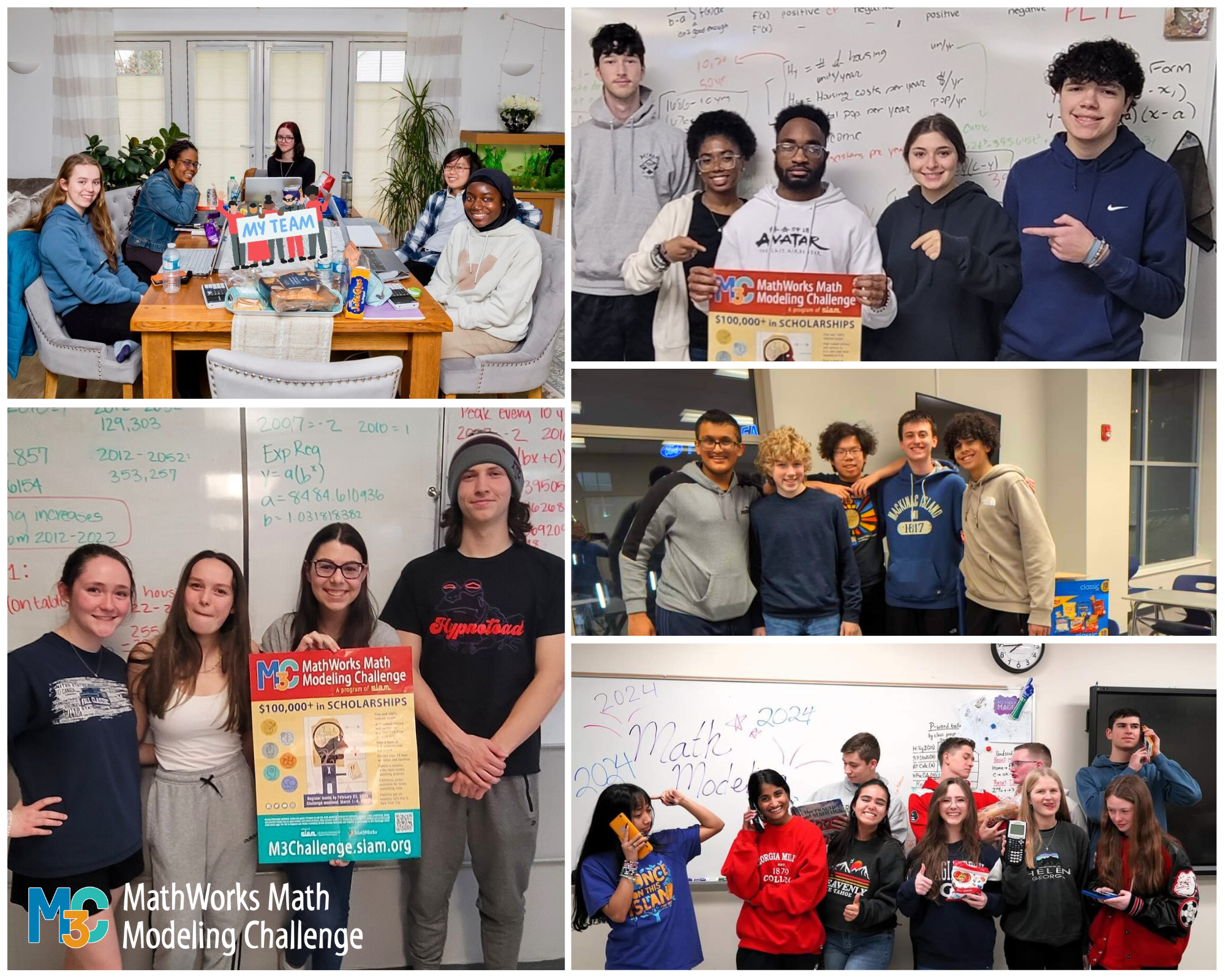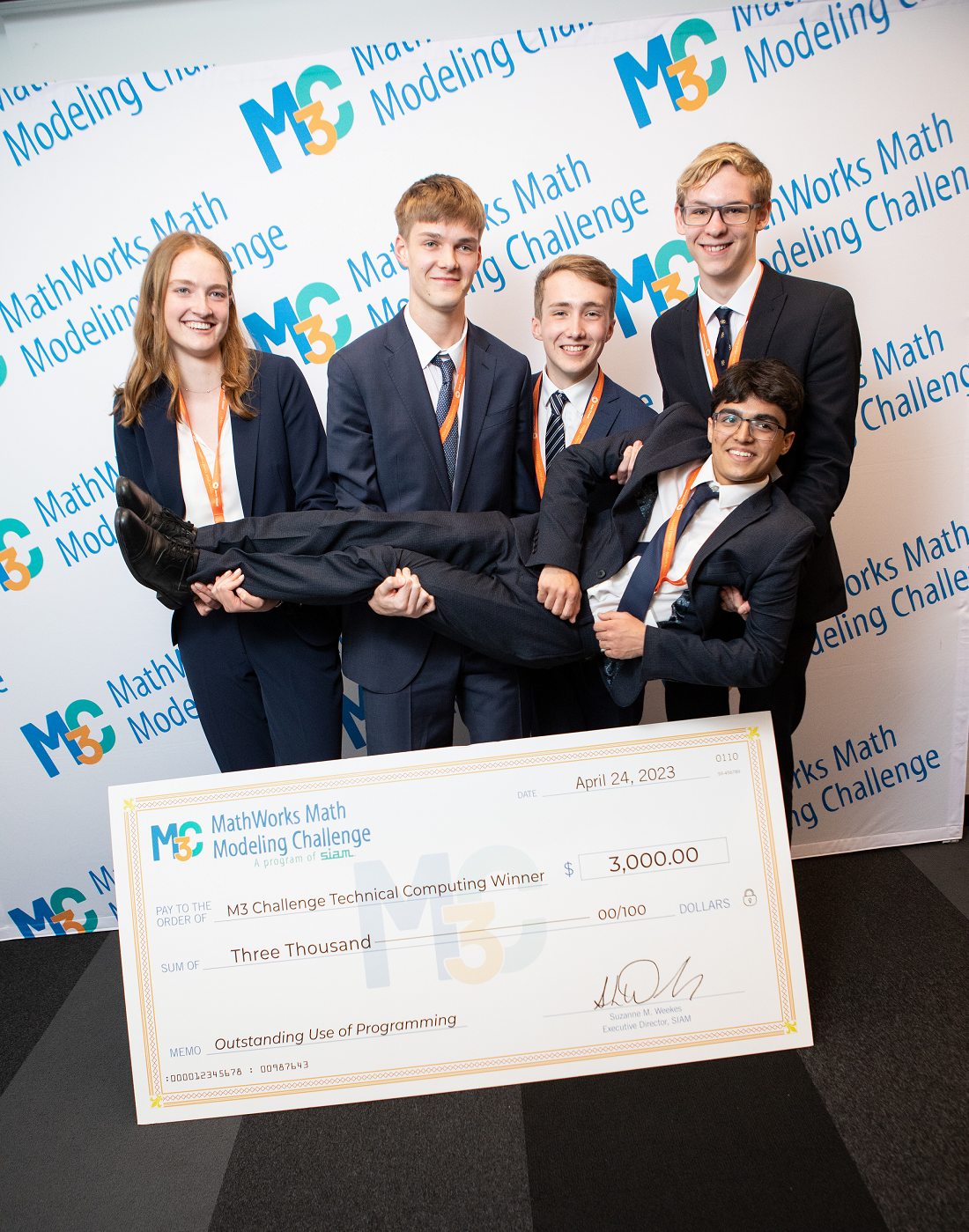Judge Commentary
Kelly Black, Ph.D., Department of Mathematics, University of Georgia
Introduction
Students were asked to examine the long-standing and interrelated crises of housing shortages and unhoused people in this year’s MathWorks Math Modeling Challenge (M3 Challenge). The first task required the student teams to create a model to predict future trends in the housing supply in two of four given cities for the next 10, 20, and 50 years. The second task required them to predict future trends in the homeless population in those same cities for the same time periods. The third task asked teams to consider their results from the first two questions for at least one of the cities to create a model that would help a city determine a long-term plan to address homelessness.
The primary hurdle was developing a model that could be used over a very long time span when a relatively small amount of data is available. Most teams made use of relatively straightforward relationships in time, while other teams employed sophisticated time series techniques to construct an approximation of the potential future patterns. When comparing the papers, however, the bigger question was: how did a team analyze and evaluate the model they developed?
This commentary includes a discussion of the responses to each of the three tasks in separate sections, followed by a discussion of some general modeling issues. One of the main difficulties for the judges in this year’s Challenge was to find a way to compare teams that made use of relatively simple models to those making use of more advanced time series methodologies. The fundamental struggle to balance the desire to gain basic insights from a simple model versus the desire to incorporate as many interactions as possible is a recurring theme throughout the discussion that follows.





